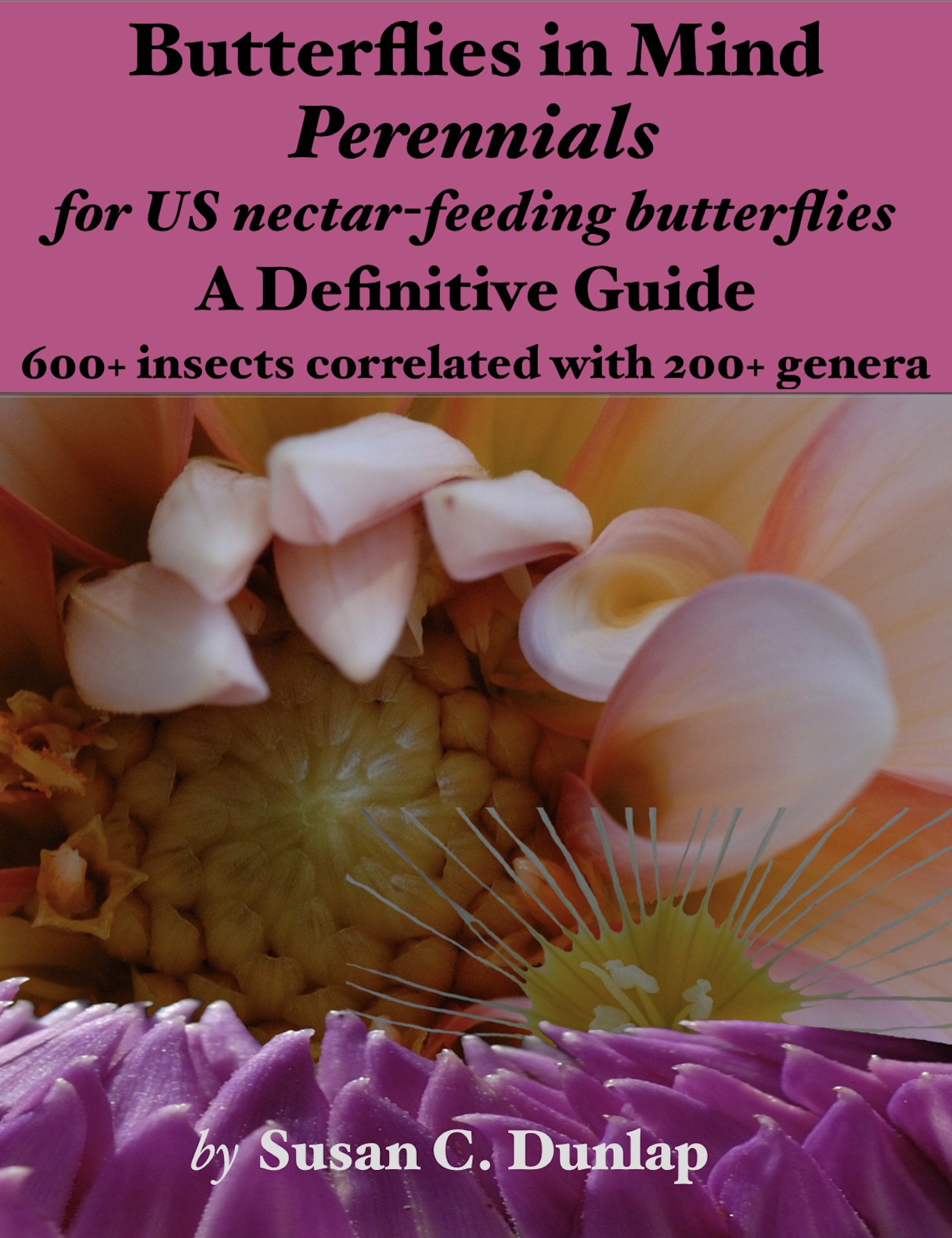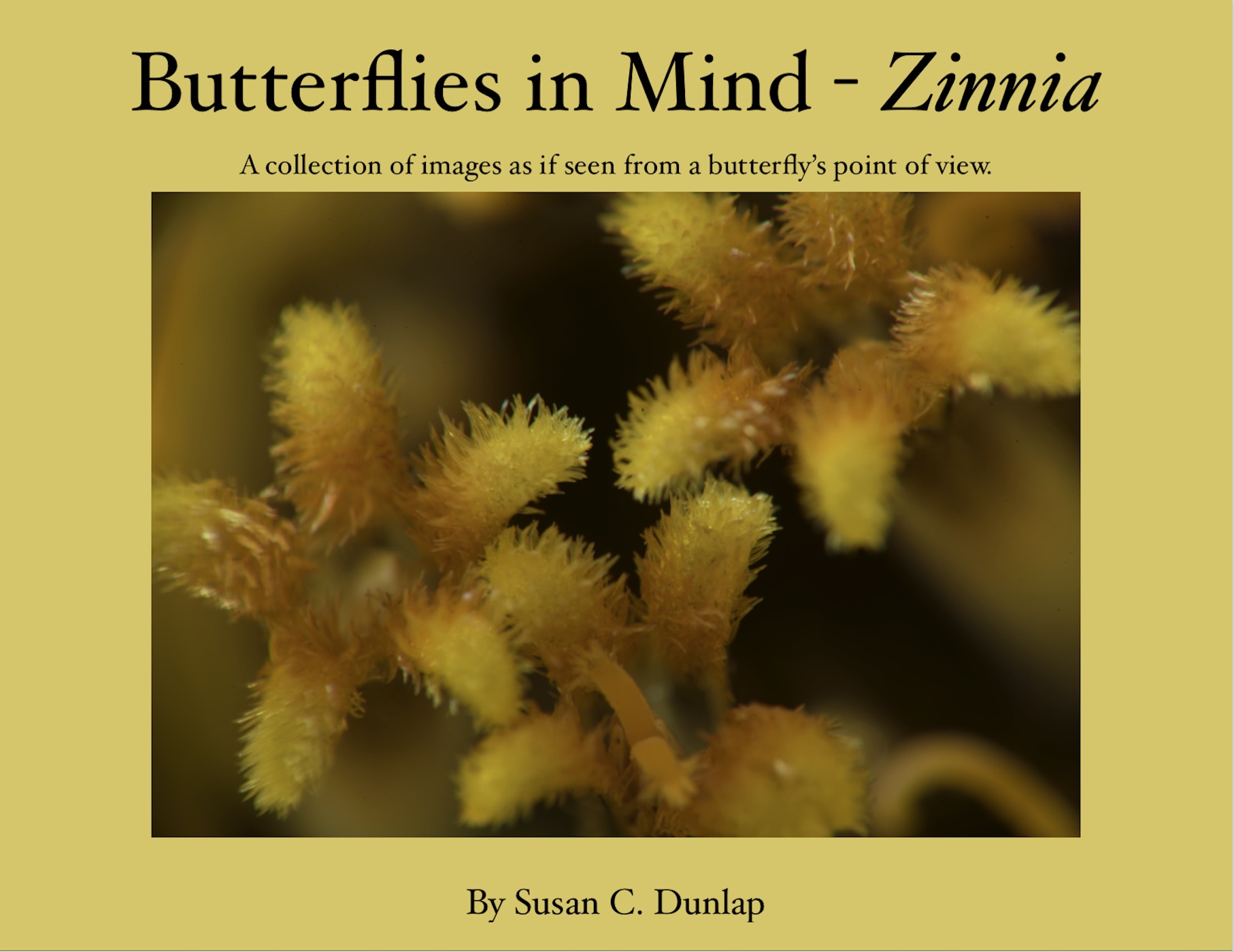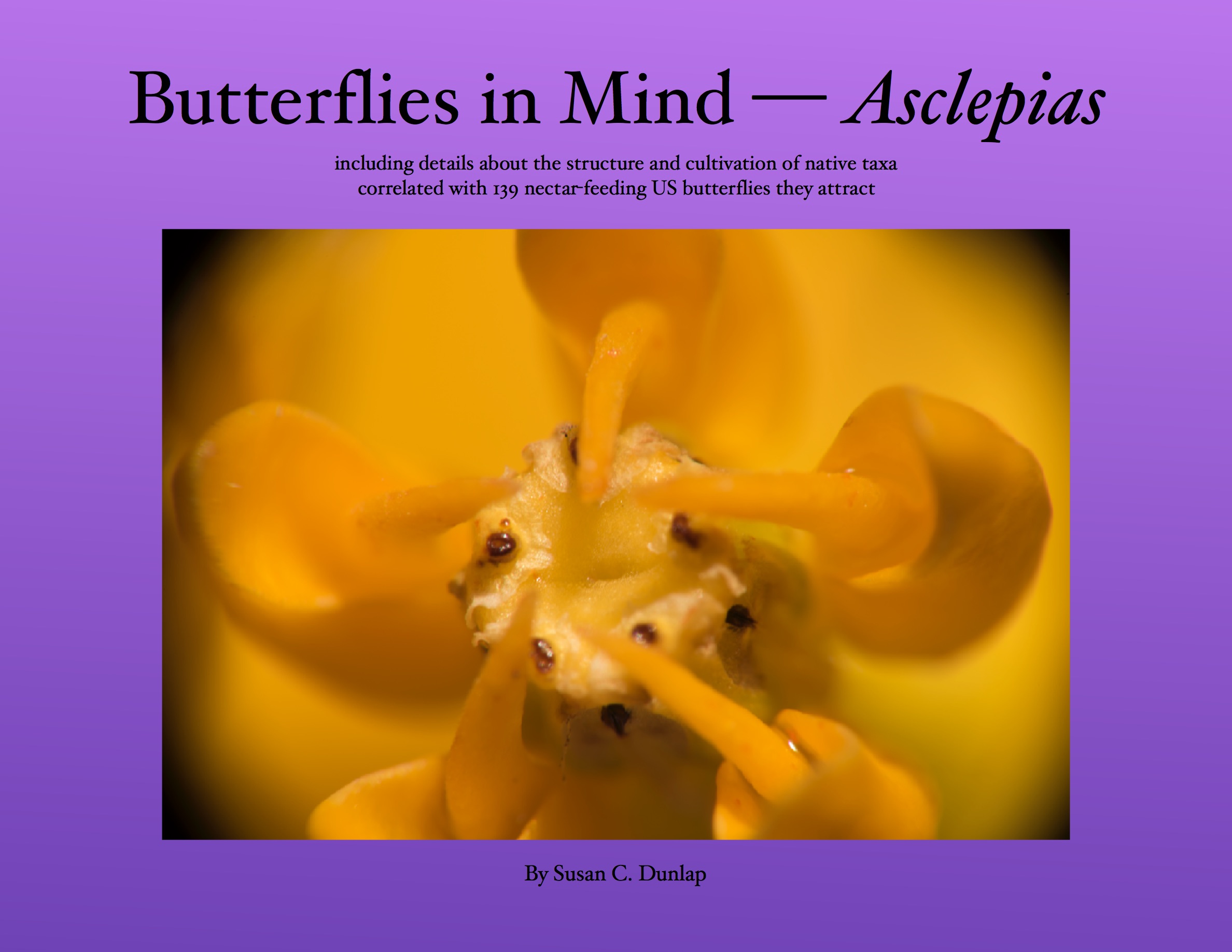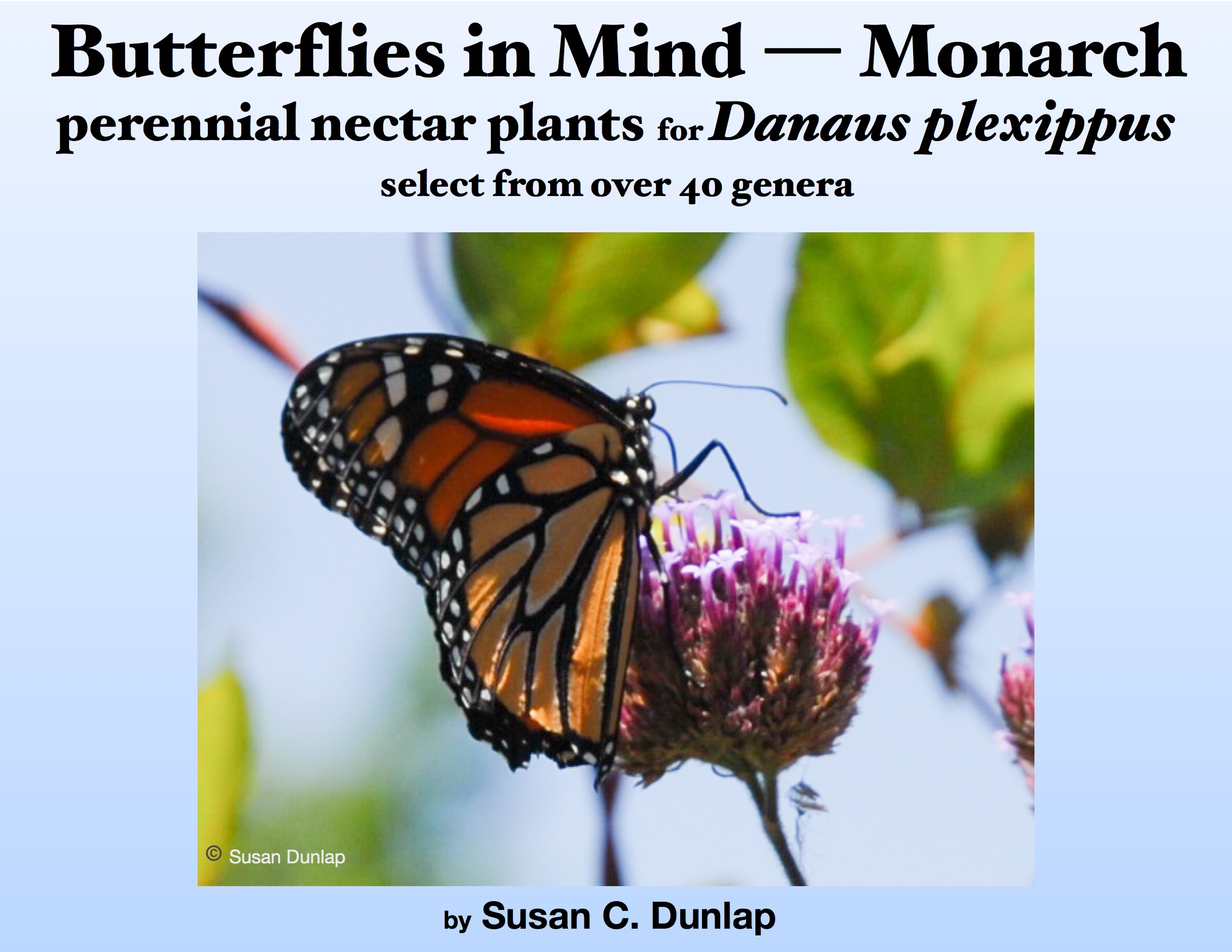Hesperis matronalis
Family: Brassicaceae
Common names: DAMASK VIOLET, DAMES VIOLET, SWEET ROCKET
Native to: Southern Europe To Siberia
Plant
Types: biennial, perennial
Form: erect
Max height: 3.3 feet
Max width: 3.3 feet
Flower
pink, violet, white/off white
Leaf
green
Horticulture
Attracts wildlife: adult butterfly, specific butterfly species
Plant features: self-sows
Exposure: light shade, part shade, sun
Landscape uses: container, flower fragrant
Propagates by: seed
flowers in spring
flowers in summer
Soil type: well drained
USDA Zones: zone 3 -40 f, zone 4 -30 f, zone 5 to -20 f, zone 6 to -10 f, zone 7 to 0 f, zone 8 to +10 f, zone 9 to +20 f
Temp. range: -40 to +30 °F
Water: drought tolerant
Butterflies that feed on this plant
Hesperis matronalis, a member of the Brassicaceae family is also called DAMASK VIOLET, DAME'S VIOLET, or SWEET ROCKET. It produces violet, pink, or off-white blooms in spring and summer, grows in Zones 3-9, and generally grows to just over 3' tall by 3' wide. Drought tolerant, it favors full sun or part shade, well-drained soil, and can be grown from seed. It can also be grown in a container. Biologically, this wildflower is a biennial, but because it self-sows so readily, it is also treated as a short-lived perennial.
Of the long list of butterflies that are attracted to Brassicaceae, Hesperis species in particular attract two butterflies - Anthocharis stella, Stella Orangetip, and Anthocharis thoosa, Southwestern Orangetip. Hesperis matronalis in particular attracts two additional butterflies as well: Battus philenor, Pipevine swallowtail, and Papilio cresphontes, Giant swallowtail.
This plant can be grown in a container and will attract and feed adult butterflies. These plant can be found in every height range – from tiny to large – from less than a foot high to over 10 feet tall.
Our database of nectar plants for all US butterflies contains over 10,000 entries. The top five nectar plants -- Cirsium, Lantana, Asclepias, Salvia, and Verbena -- will appeal to 90% of all US butterflies. Pick from these if you want to provide nectar for your local butterflies.
Once you start with these, you can add from another 630 genera in 110 plant families to attract more insects to your garden.
By far the most import butterfly nectar plant family is Asteraceae. If you grow plants in from this family, butterflies will find your garden.

















